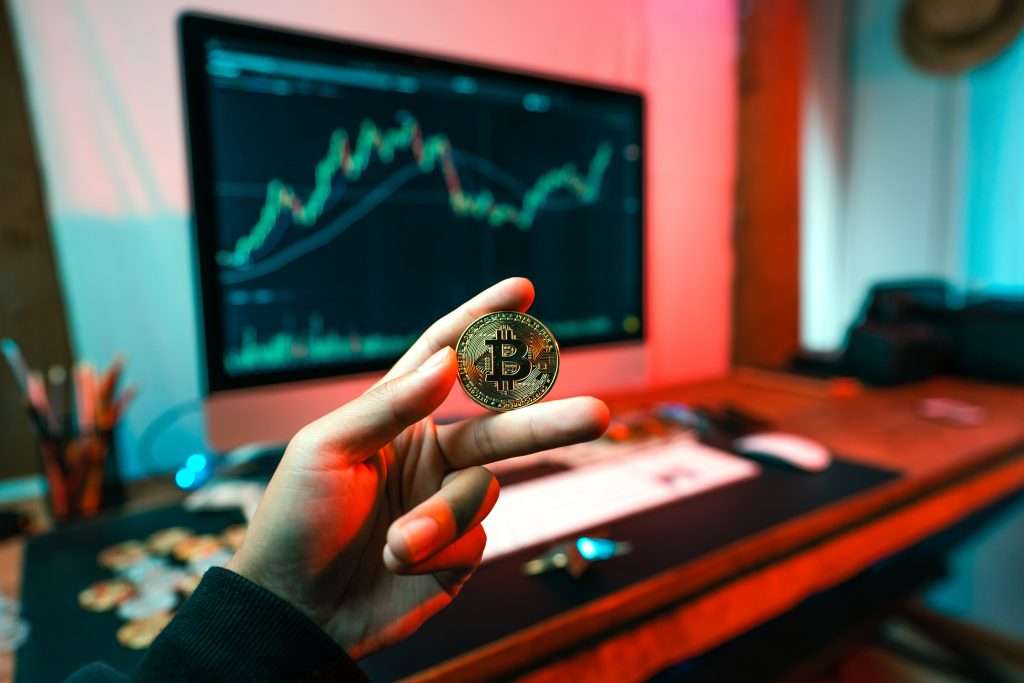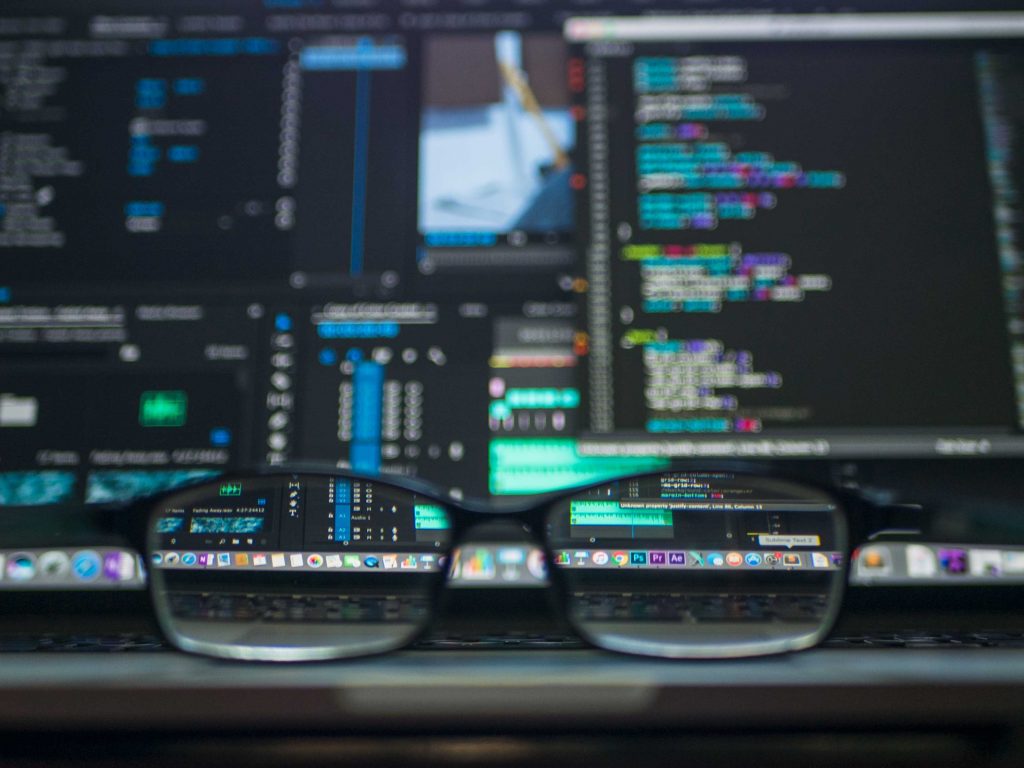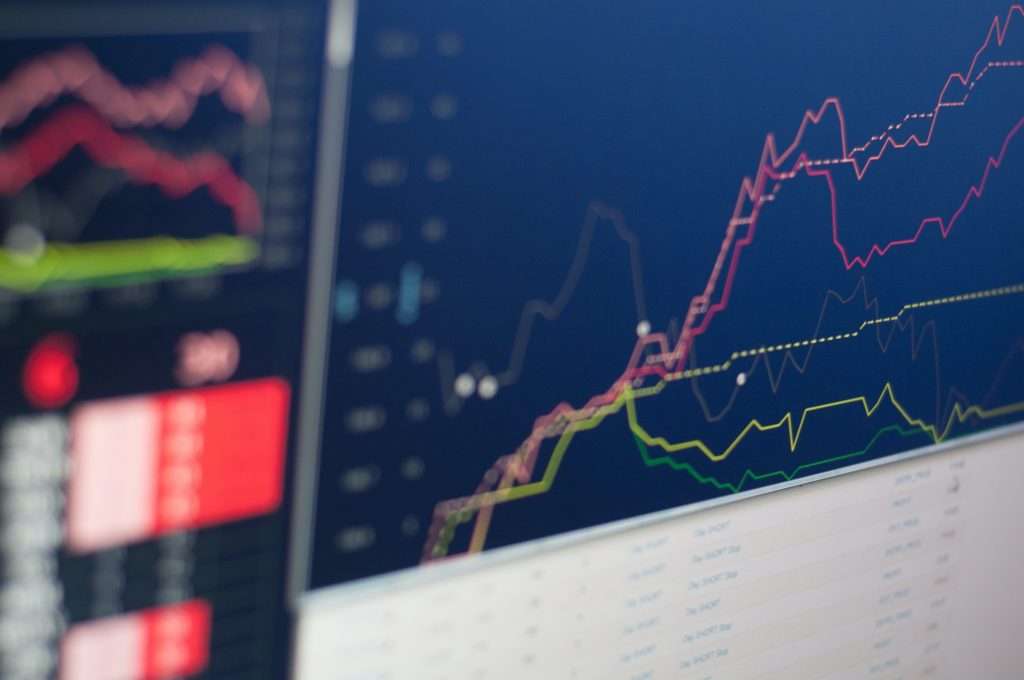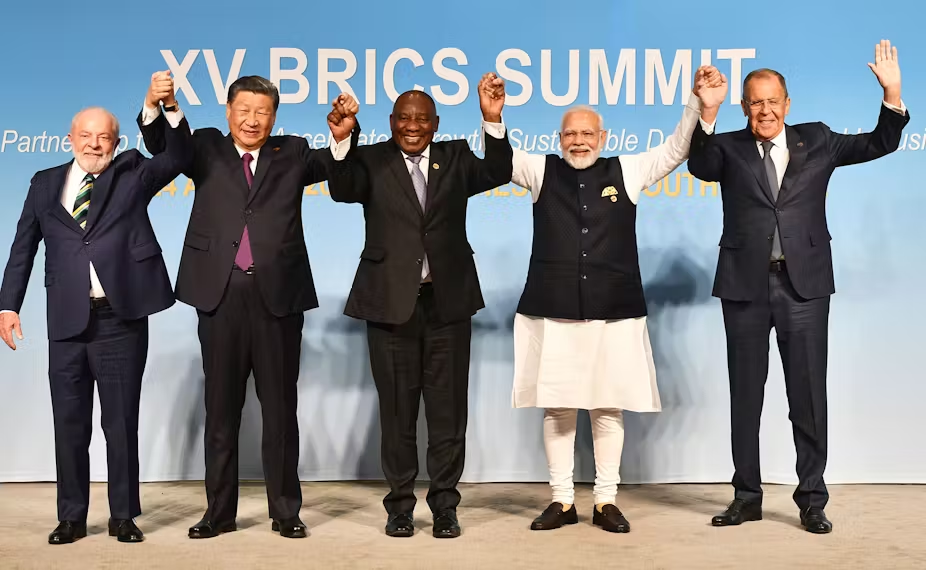
Foreign exchange, or “forex,” is the conversion of one currency into another. It’s the most traded market in the world, with an average daily trading volume of $5 trillion. Forex trading happens continuously throughout the day; as the Asian trading session ends, the European session begins, followed by the North American session, and then back to Asia. This continuous trading window means there is always an opportunity for traders to make a profit.
How does forex trading work?
When you trade forex, you’re effectively borrowing the first currency in the pair to buy or sell the second currency. With a US$ 5 trillion-a-day market, the liquidity is so deep that liquidity providers—the big banks, basically—allow you to trade with leverage. To trade with leverage, you simply set aside the required margin for your trade size. If you’re trading 200:1 leverage, for example, you can trade $2,000 in the market while only setting aside $10 in the margin in your trading account. For 50:1 leverage, the same trade size would still only require about £40 in the margin. This gives you much more exposure while keeping your capital investment down.
What is forex trading?
Forex trading is the process of buying and selling currencies on the foreign exchange market. The foreign exchange market is a global decentralized market for the trading of currencies. This means that forex trading takes place 24 hours a day, 5 days a week across the world.
Currencies are traded on the forex market in pairs, with each currency being traded against another. For example, the EUR/USD pair is the euro against the US dollar. When you buy a currency pair, you are buying the first currency in the pair and selling the second currency. For example, if you buy EUR/USD, you are buying euros and selling US dollars.
The aim of forex trading is to speculate on the movements of currency pairs to make a profit. For example, if you think that the euro will increase in value against the US dollar, you would buy EUR/USD. If the euro increases in value, you would then sell EUR/USD to make a profit.
The foreign exchange market is incredibly liquid, with trillions of dollars worth of currencies being traded every day. This means that there are always opportunities to trade currencies and make profits.
What are the benefits of forex trading?

Forex trading can be an extremely lucrative way to make money, especially if you know what you’re doing and have a good understanding of the market. There are numerous benefits to forex trading, including:
1) You can make a lot of money.
If you know how to trade forex effectively, you can potentially make a lot of money. The foreign exchange market is the largest financial market in the world, and there is a huge amount of money to be made if you know how to trade effectively.
2) It’s relatively easy to get started.
Unlike other financial markets, the forex market is relatively easy to get started in. You don’t need a lot of capital to start trading, and there are plenty of resources available to help you learn about forex trading.
3) There’s plenty of opportunity for growth.
The forex market is constantly changing, which means there’s always an opportunity for growth and profit. If you’re willing to learn and stay ahead of the curve, you can potentially make a lot of money from forex trading.
What are the risks of forex trading?

Forex trading is risky because it involves speculating on the future value of currencies. This means that forex traders are exposed to potential losses if the currency they are betting on falls in value.
Another risk associated with forex trading is that of leveraged positions. Leverage allows traders to control a larger amount of currency than they would be able to without it, but it also amplifies their potential losses.
Finally, forex markets can be volatile and unpredictable. Sharp movements in currencies can occur in response to economic news or events, which can lead to losses for unwary traders.
How to start forex trading

Forex trading is the simultaneous buying of one currency and selling of another. Currencies are traded through a broker or dealer and are traded in pairs. For example, the euro and the U.S. dollar (EUR/USD) or the British pound and the Japanese yen (GBP/JPY). Traders can speculate on the relative strength of one currency against another.
The basic concepts of forex trading are relatively simple to understand:
- Currencies are traded in pairs – A trader buys one currency while simultaneously selling another. The two currencies making up the pair are known as base and quote currencies. In EUR/USD, for example, EUR is the base currency and USD is the quote currency. When prices are quoted, they always include both the base and quote currencies – so, in our previous example, a price of 1.2500 for EUR/USD would mean that 1 euro could be exchanged for 1.25 US dollars.
- Currencies fluctuate in value based on economic conditions – The value of a currency is directly linked to the health of its corresponding economy. If a country’s economy is doing well, its currency will likely strengthen against other currencies; if a country’s economy is struggling, its currency will generally weaken against other currencies. This relationship can be seen clearly in EUR/USD – when Eurozone economies are strong, EUR/USD tends to rise; when Eurozone economies are weak, EUR/USD falls.
Conclusion
In conclusion, forex trading is a way to make money by speculating on the future value of currencies. It is a risky business, but it can be profitable if you know what you’re doing. If you’re thinking of getting into forex trading, do your research and practice with a demo account before putting any real money on the line.








